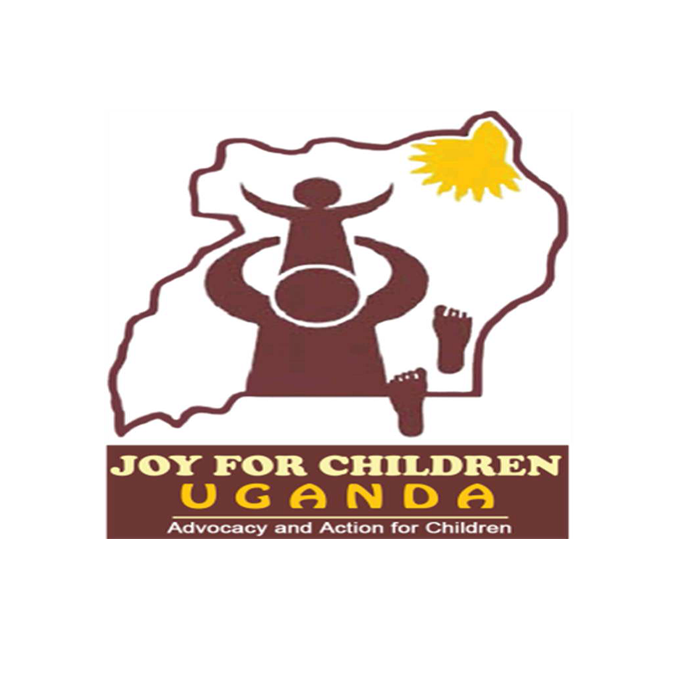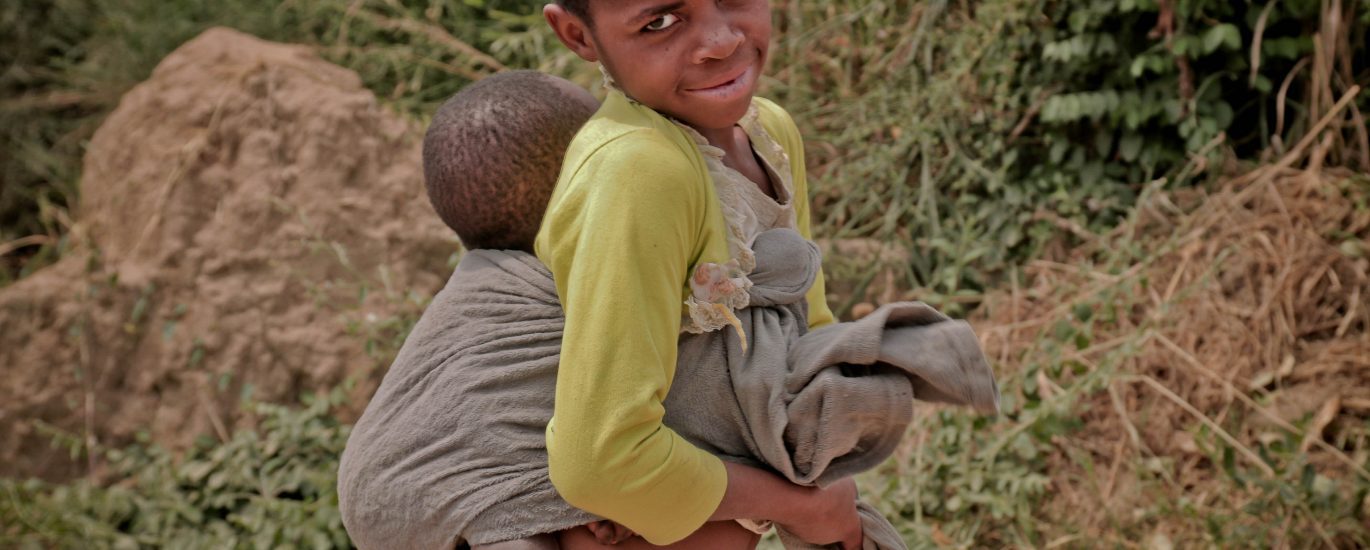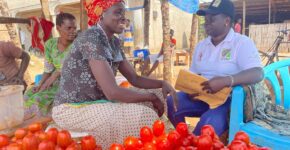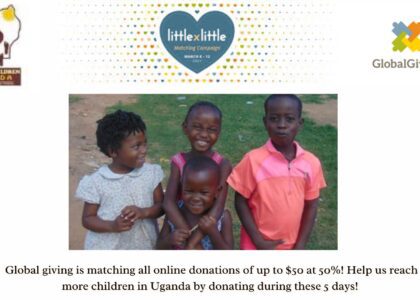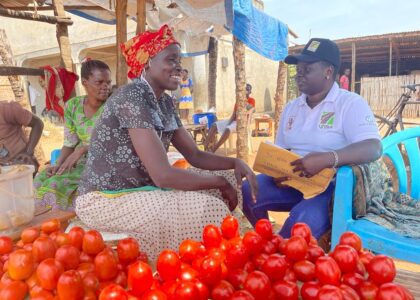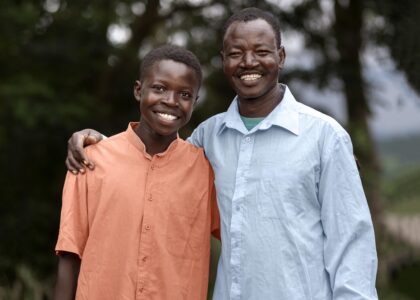According to the international labor organization (ILO), child labor is defined as work that deprives children of their childhood, their potential and dignity and is harmful to their physical or mental development
According to a report from world vision of 2021, About 160 million children ages 5 to 17 around the world are engaged in child labor, working in jobs that deprive them of their childhood, interfere with schooling, or harm their mental, physical, or social development. Nearly half of them 79 million children work under hazardous conditions, such as carrying heavy loads on construction sites or digging in open-pit mines. By definition, child labor is a violation of both child protection and child rights.
Poverty is the primary reason children are sent to work. Sadly, child labor keeps children from getting the education they need to break the cycle of poverty. According to the International Labor Organization (ILO), a U.N. agency, about 70% of child laborers globally work in agriculture. Others work long hours in factories, domestic service, or forced labor, such as child soldiers and children exploited in the commercial sex trade.
Limited access to education has made children particularly vulnerable to forced labor. The law provides free public education; however, the cost of school materials such as uniforms and writing utensils make access to education a challenge for many. In addition to the barriers to accessing education, children often experience physical and sexual abuse at school by teachers and peers.
Children from rural areas are about three times more likely to be trafficked into child labor than city children. The child employment rate in rural areas is 34 percent while in urban areas it is 11 percent. In Kampala, only three percent of children are employed illegally, while 45 percent of children in the central region are employed.
Limited understanding of child labor related to the view that work is good for the character-building and skill development of children. When families do not understand the dangers of child labor, and how its impact on the health, safety, well-being and future of their child, they are more likely to send their children to work. Some cultural beliefs and social norms can also be drivers of child labor.
Conflicts & mass migration is another reason why child labor is on an increase globally. There is a strong correlation between child labor and situations of conflict and disaster’ According to the ILO children make up more than half of the total number of people displaced by war. These children are particularly vulnerable to forms of exploitation, including child labor, due to an increase in economic shocks, a breakdown of social support, education and basic services, and disruption of child protection services. The incidence of child labor in countries affected by conflict is almost twice as high as the global average.
In Uganda the COVID-19 lockdowns and school closures significantly affected rural communities heightening risks of child labour and other supply chain concerns. With global estimates of child labour on the increase, the pandemic has only exacerbated the situation putting millions more children at risk.
The unprecedented economic impact of the Covid-19 pandemic, together with school closures and inadequate government assistance, is pushing children into exploitative and dangerous child labor. Children have subjected to working long, grueling hours for little pay after their parents lost jobs or income due to the Covid-19 pandemic and associated lockdowns.
Unethical employers prefer hiring children because they can be paid lower wages with limited bargaining power.
Weak legal framework also leaves loopholes for exploitative behavior.
There are different effects of child labor on children in Uganda.
Say; premature ageing, malnutrition, depression and drug dependency due to the difficulty of tasks and harsh working conditions these little ones face.
From disadvantaged backgrounds, minority groups or abducted from their families, these children have no protection. Their employers do whatever necessary to make them completely invisible and are thus able to exercise an absolute control over them. These children work in degrading conditions, undermining all the principles and fundamental rights based on human nature.
In certain cases, child labor also endangers a child’s dignity and morals; especially sexual exploitation is involved such as prostitution and child pornography. In most cases, children still get exposed to drug abuse.
At the household level, child labor increases the depth of child poverty and household income insecurity. This in turn affects the long-term national economic and social development goals of sustainable employment, productivity and decent work for adults by creating cycles of intergenerational poverty for the fact that they work in an adult environment.
What should be done to end child labor?
Government of Uganda has to ensure there are measures instituted to enforce legislations and policies for ending child labor and education. That is available legal and policy frameworks need to be put to action. Gaps within the legal framework have to be addressed. Gaps within the different legal frameworks have to be addressed.
NGOS should work hand in hand to create wide spread of awareness on TV and radio and social media campaigns, as well as activities in schools empowering children to improve on their knowledge, share information with their peers and take action on child labor issues.
Increased support of parents and caregivers with entrepreneurship skills to create stable alternative source of family income to tackle child labor issues at its route cause, and vulnerable children will be withdrawn from child labor and enrolled in school.
The ILO and its partners call upon increased investment in social protection systems and schemes to establish solid social protection floors to protect children from child labor. According to the theme for World Child Labor Day 2022 ‘Universal social protection to end child labor’. Government social systems are essential to fight poverty and vulnerability, and eradicate and prevent child labor.
